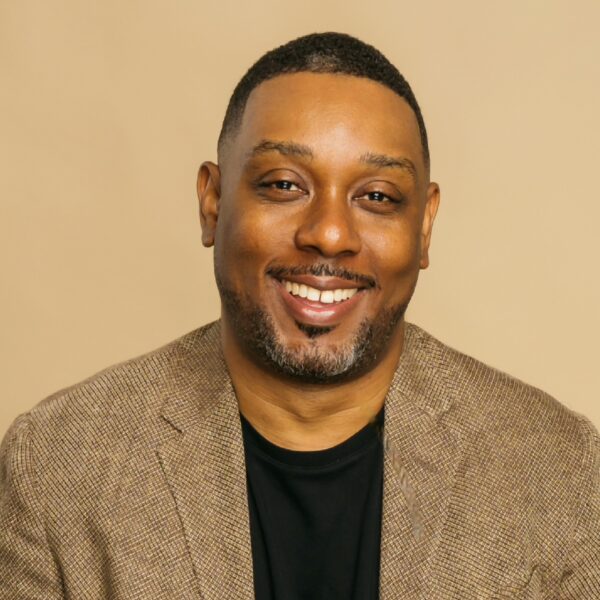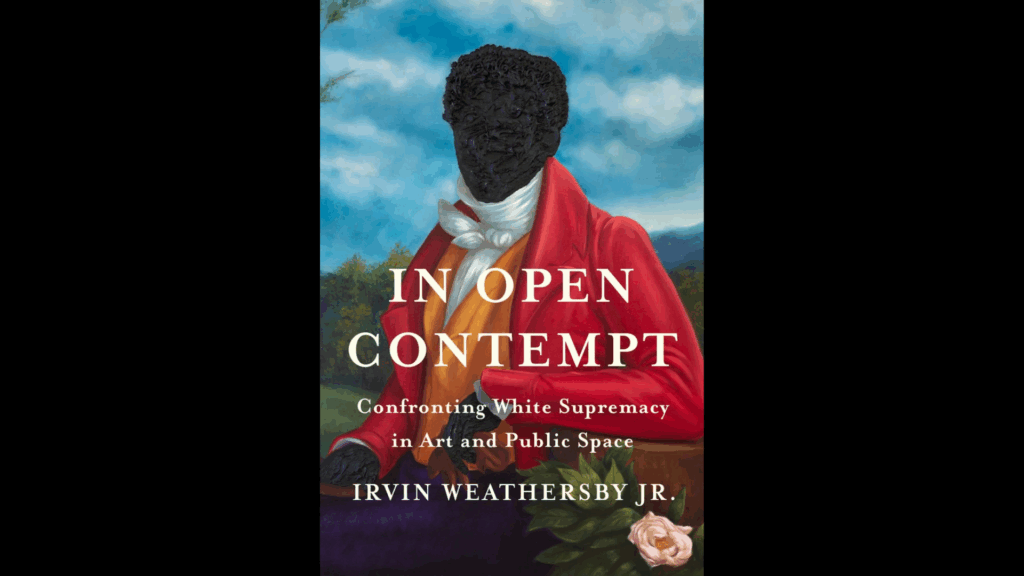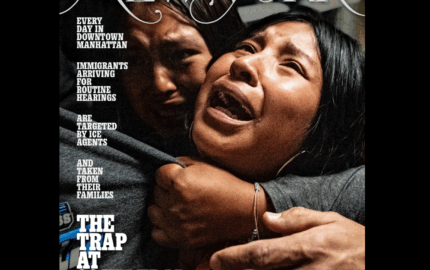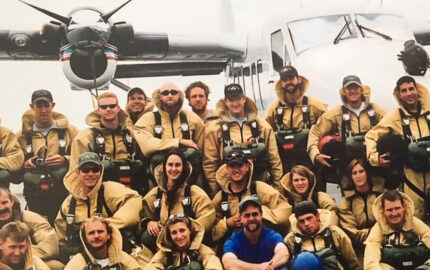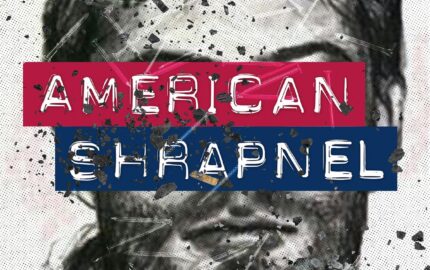As a child in Kentucky, my father always told me my granddaddy and my great-grandmother Neenaw were part Blackfoot Indian. “That’s why they got all that land out there.”
Then I went to college and learned about the “Cherokee Princess trope,” in which people frequently claimed to have Native ancestry. I soon discovered that the Blackfoot Nation was primarily located in the Great Plains, nowhere near Kentucky. And since my granny had told me my great-grandparents had come up to Kentucky from Alabama, that bit of family lore began to make less sense.
Long before U.S. Sen. Elizabeth Warren offered up an apology to the Cherokee Nation in 2019 for her dubious claim of Native ancestry, I’d accepted that I needed to stop whipping this tidbit out like a party trick. When you’re Black and Filipino, American colonialism and chattel slavery robs you of history on both sides of your lineage. It can feel good to feel like you know something about your people, but not at the expense of A People.
Whether or not there actually was some distant Native relation in my family tree is beside the point, as Irvin Weathersby Jr. learns while attending a Lakota reading in the Black Hills in South Dakota in his book, “In Open Contempt: Confronting White Supremacy in Art and Public Space.” Weathersby's book, which takes him across America, is a potent example of a travelogue that weaves in personal storytelling with history. He serves as the reader’s guide to the history of his hometown of New Orleans, to museums and historical sites around the world, and to his experiences with racism as a Black man. His approach is curious, humble, and open to correction, as demonstrated when he attends the Indigenous Writers’ Festival in South Dakota:
After the reading, possessed by a spirit of kinship and lubricated by glasses of red wine, I told the site’s director that I had a Cherokee ancestor, and he paused before telling me how the suggestion offends. He said it frankly, without injurious intent, and I made space for the lesson. Most Americans have Native blood, he said, which was to say that kinship is beside the point.
Weathersby shared with me what he took away from that moment:
OK, kinship is beside the point, which means that I'm actually more connected to you, because the idea of our blood lineage is not significant. How can I show up for you? How can I show up for people? That's the most important thing. … We can show up for each other, for other cultures. We don't necessarily have to be members of them to show up for each other in real ways.
Weathersby’s book opens with a scene in which he confronts a crew of white supremacists guarding a New Orleans monument scheduled for removal. He writes:
I didn’t know what to expect and fixed my gaze on the statue as I walked slowly around the perimeter, afraid to meet their eyes. Shaking, my adrenaline pumping, I settled on the lawn off to the side so that I could still see them in my periphery.
I had never met white supremacists face-to-face, at least none who were so shameless, and I knew my stunt, the exercise of my right to occupy any public space, had the potential to further enshrine the memorial with my blood. I should tell you that this happened two months before Charlottesville, when [anti-racism protester] Heather Heyer was run over by a car in August 2017. I should also tell you that her murder wouldn’t have turned me around, at least not then. I couldn’t just retreat after everything I had already seen, after every one of us they had killed, so I took a deep breath and collected myself.
Weathersby says that when people ask why he felt it necessary to confront these white supremacists, he tells them his ancestors had been preparing him for this moment — and many other moments in the book — for his entire life.
One of a writer’s primary responsibilities, I believe, is to tell the truth. So I spoke with Weathersby about how he defines truth-telling. Our conversation has been edited for length and clarity.
Tell me about your relationship to truth in your writing.
The goal of art is to seek out something pure and true and to convey it. I think about Langston Hughes and “Theme for English B.” His professor says, “Go home and write a page and whatever you write, that page, it will be true.”
The idea, when you come to the page, is to strip away all the artifice, strip away all the noise, and get to the true essence of some sort of feeling, some sort of idea to convey to readers.
What is your truth-telling process? Does your work become more honest the longer you sit with it or does this happen through different levels of revision? How are you drilling down to the truest thing in your writing?
I read different histories, whether it's firsthand accounts or other kinds of historical texts — memoirs, other people's reflections — to see, “Am I getting this right?” That feeling that I had, how is that in communication with the actual truth of what happened here at this place or what happened in the timeline of history? As I go through revisions, what I think of then is, "What is the best way to convey this truth?"
A good writer friend of mine told me something that was really helpful. When I'm thinking about writing about people or subjects or content that has been written about so much, how do I approach this freshly or how do I offer something new? It's really about reframing those ideas, or those things that we already know, and offering a slightly different slant. So for example, thinking about Philando Castile and his life and how I remember breaking down and mourning the loss of his life as my own. That's so singular in my own experience. I think many of us can point to a Trayvon [Martin] or a Tamir Rice, somebody that does that for us as well. Breonna Taylor.
We don't know why but we are just so overwhelmed by that person's circumstances and how they collide with ours.
So many people have written about Philando, people have done paintings. But one thing that really moved me is, I wanted to slow down the time, and think about how many times he was shot within a certain window. I hadn't read that, I hadn't seen “This experience had lasted X amount of seconds or X amount of minutes.” Really drilling down on particulars made it fresher for me and offered a new slant, a new perspective. Even thinking about Breonna Taylor, many people have written about her portrait, but being there in her city [of Louisville, Kentucky,] offers something slightly different. Going to her home offers something slightly different. Just even recognizing how my reactions are slightly different.
I lead with the feeling, the emotion, go to the actual objective text, and then figure out what's the best way for me to say this, how am I going to say this? I hate reading history that is flat and it's just a recitation of figures and people and doesn't necessarily engage with the ideas and doesn't necessarily engage with language. I'm always interested in language. And so that's what I think about when I get into revisions.
I think it's interesting that you say that you start with the feeling, because in this first scene, your fear of the white supremacists is never far from the page. It would have been really easy for you to write that retelling like, “I told them what was what!” But you say your voice was shaking. There's so many times throughout that chapter, where you bring it back to how you were feeling in your body while engaging with them. To me that was very honest. And I think that when we’re honest in our work we carve out this space for the reader to be honest with themselves, too.
Exactly. That first scene is me mirroring what you can do in your own life, wherever you are. How do you face that fear? How do you do what needs to be done? Even later on in the prologue, I was like, “Look, we can't all do everything. But we can all do something. And it's up to you to figure out what that something that you can do is.”
And going back to South Dakota, I think that [was] what those folks were trying to tell me: you can't be us but you can be with us.
In your writing, you’re transparent about your failures. In your book, I believe the opening scene with the white supremacists and the scene at the multipurpose center for Native American communities echo each other.
In that first scene I'm coming to it with apprehension, but also a general openness to who these people are. Afterwards, my family was kind of castigating me, “Are you stupid? Why would you do that? How could you risk your life like that?” I felt compelled. I had to. I couldn't just look away. I couldn't just be a coward.
And in many ways that courage is what propelled me throughout the whole book. Even in that scene in South Dakota, I walk into this room with all of these Native women, and I could have easily been like, “All right, I'm out. This is not for me.” But that discomfort, that tension is really where you can learn and grow. If you can sit with it for a second and move beyond it, then there's opportunity for growth.
Both of those moments offer that. If I could take a step back and take a deep breath and try to let the fear wash away … what could be gained? And from both of those experiences I gained a whole hell of a lot.
Those white supremacists welcomed me into conversation and seemed to even be listening to me. These Native women and artists … also welcomed me in ways that I hadn't expected.
I was trying to be very mindful of being an outsider but also trying to assess my own kind of place and situate myself. That's what the book’s about in general. How can I situate myself within these current moments but also within the timeline of history? To engage in general conversations and being very mindful of the things that I don't know and being OK with asking questions and being OK with my own ignorance.
***
Minda Honey is the author of the dating memoir "The Heartbreak Years" and writes a weekly newsletter, MID., about the adventures of midlife at mindahoney.substack.com.
Subscribe to Storyboard
Get insights into the craft of journalism and storytelling in your inbox, delivered on Fridays.
Follow the Nieman Storyboard Podcast
[ Follow us in Apple Podcasts, Spotify, or your favorite podcast app. ]
